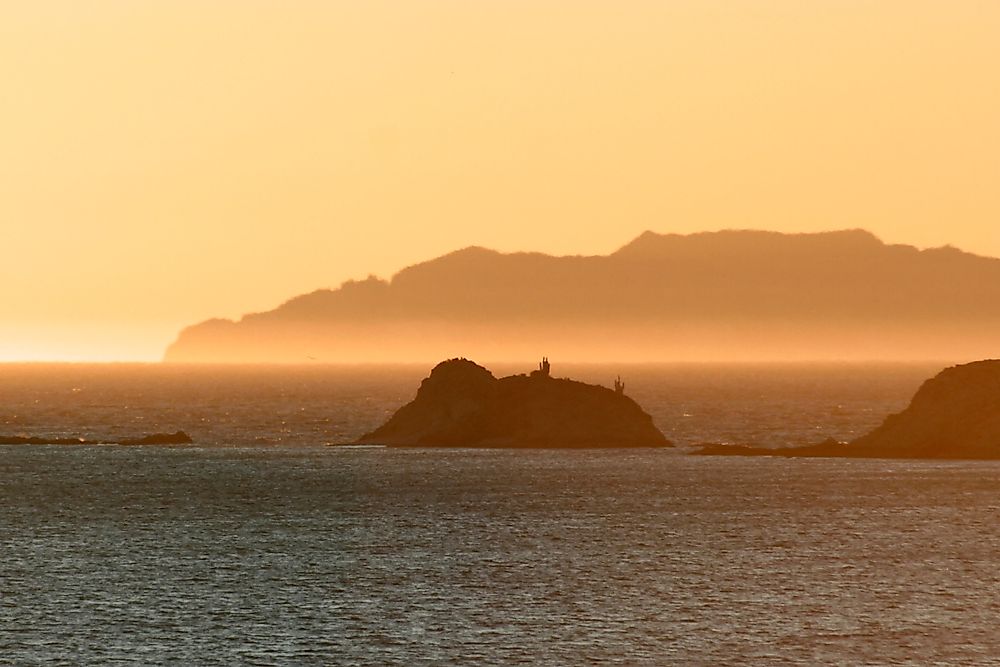Where Is The Sea Of Cortez?

The Sea of Cortez is a marginal sea located in the Pacific Ocean. It serves as a divide between mainland Mexico and the Baja California Peninsula in northwestern Mexico. Other English names for the sea include the Gulf of California, the Vermilion Sea, and the Sea of Cortés, while its Spanish names include the Mar de Cortés, Golfo de California, and Mar Bermejo. The Sea of Cortez is surrounded by the following Mexican states: Baja California, Sonora, Sinaloa, and Baja California Sur. These states have a total coastline measuring about 2,500 miles long. The Sea of Cortez has a surface area of approximately 62,000 square miles and depths of up to 9,800 feet in the deepest sections. The rivers that flow into the Sea of Cortez include the Colorado, Fuerte, Mayo, Sinaloa, Sonora, and the Yaqui.
Habitat
The sea has a rich and diverse ecosystem that supports an abundance of marine life. One example is the mammoth whale shark, which is currently the world's largest fish species. The shark, which is the only surviving member of the genus Rhincodon, has an average length of 41.5 feet and can weigh up to 47,000 pounds. The sharks are a migratory species that visit the sea annually.
Aside from this behemoth, the ecosystem supports at least 900 species of fish, as well as more than 30 species of marine mammals. Some of these marine creatures include the humpback whale, the elusive blue whale, and the California gray whale. In addition, the sea is home to the vaquita, which is a critically endangered species of porpoise.
The Sea of Cortez also includes more than 900 islands that are home to a wide variety of seabirds and vegetation, such as plankton. Birds use the small islands for several purposes such as breeding, nursing grounds, and feeding. The birds feed on several things, such as the vast array of fish.
Importance of the Sea
The Sea of Cortez is significant in supporting the economies of its coastal communities. The sea serves a vast supply of fish species for food and export. In fact, the sea has been one of Mexico’s major sources of anchovies, shrimp, and sardines. Sport fishing is also a popular activity for visitors and locals.
Pollution and Overfishing
Unfortunately, a lack of regulation means that overfishing is a common occurrence in the Sea of Cortez. In addition, the large number of visitors also means pollution is rampant. Despite efforts by the Mexican government to curb illegal fishing, insufficient resources and difficulty policing the vast sea means the practice is still common.
However, despite these challenges, nature seems to be correcting itself in response to such changes. One example is the adaptation of certain sea animals, such as the sea lion, that now feeds on fish living in deep waters, which is not common among sea lions. In addition, people have slowly begun to understand the importance of taking care of the valuable resource.











